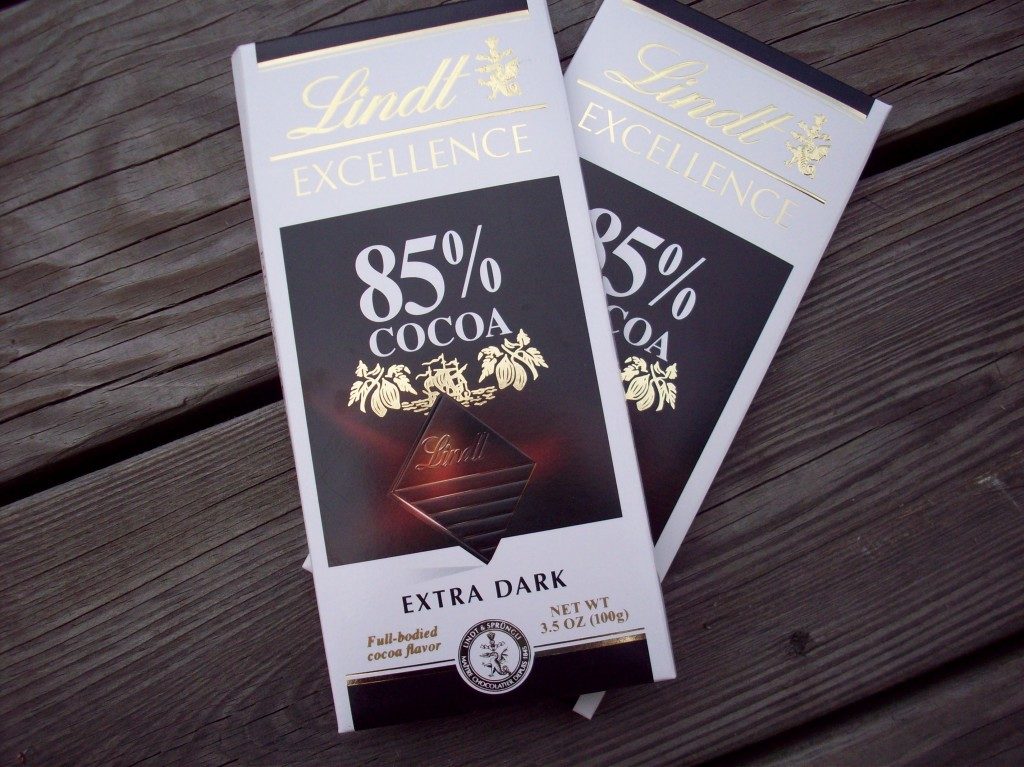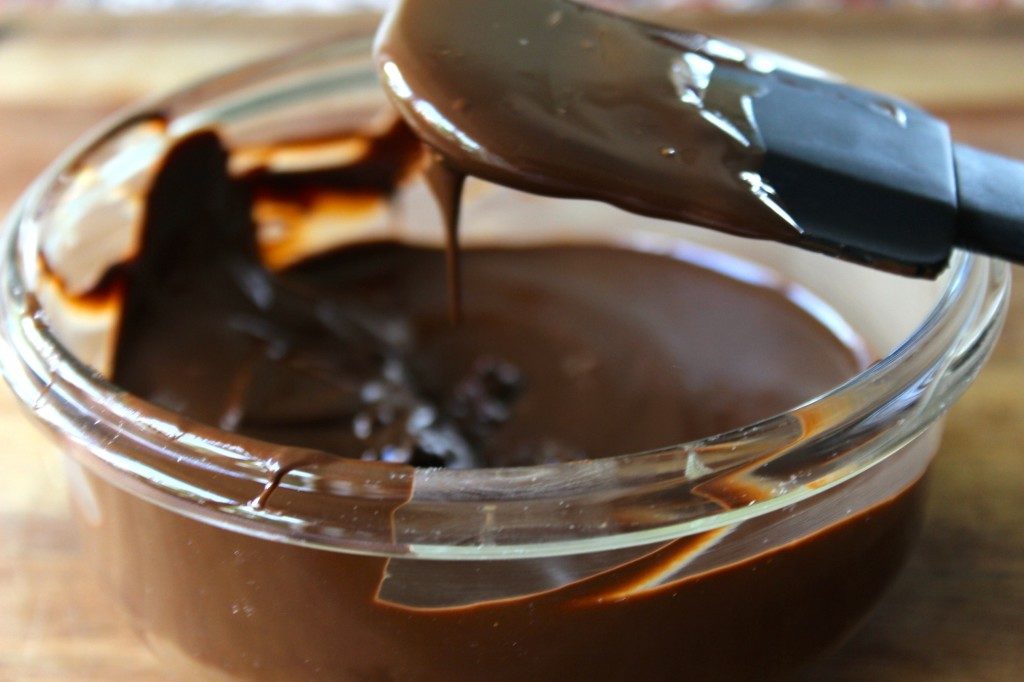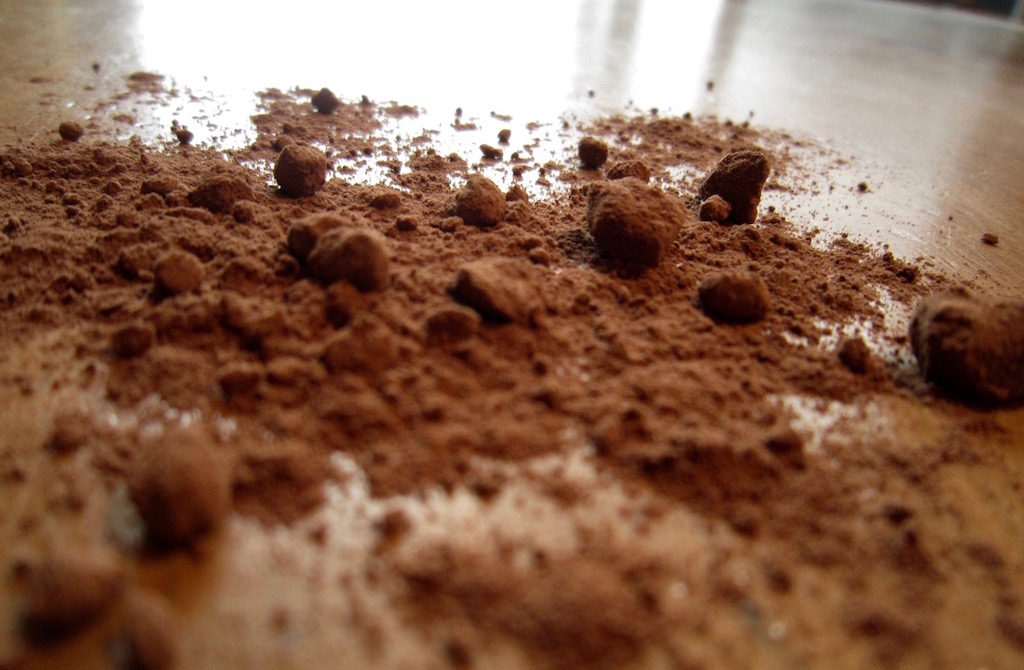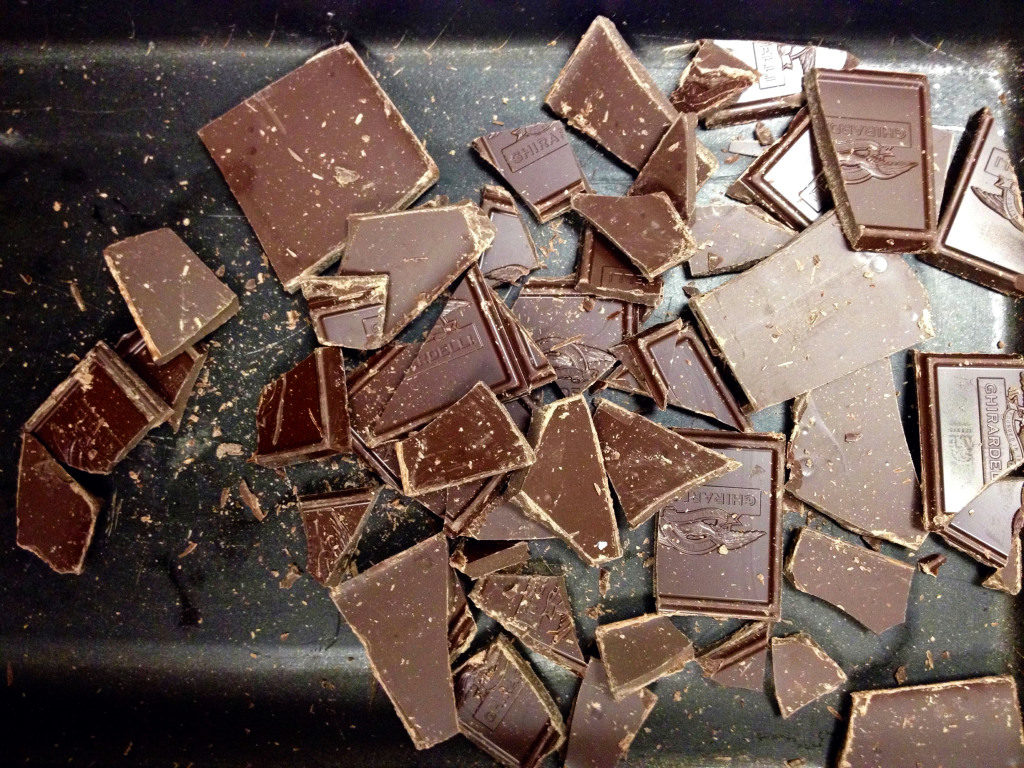In 2014, several reports about chocolate shortages caused widespread panic that chocolate would go extinct by 2020. Why are we not still talking about this? Because that myth was debunked.
However, we are currently in the longest streak of chocolate deficits in the last 50 years. Basically, year in and year out, demand for chocolate outweighs the supply, and the industry only expects this gap to continue to increase.
The Problem

Photo by Jeanne Kessira
Chocolate is yet another victim of the droughts that have been occurring around the world. Supply has suffered over the last decade because of dry weather in West Africa, where over 70% of the world’s cocoa is produced.
Even worse, fungal diseases, like Frosty Pod Rot and Witch’s Broom, essentially wiped out cocoa production in Latin America and continues to plague West Africa. The devastation caused by Frosty Pod Rot has even turned people away from cocoa farming, further worsening the supply side.
On the other side of the fence, demand has only continued to rise. A small portion of this increased demand comes from China and other eastern countries, where chocolate has grown in popularity. In the West, a growing love for dark chocolate, which requires larger amounts of cocoa, has also put a strain on cocoa demand.
The Effect

Photo by Vedika Luthra
Although we have been experiencing these shortages for years, chocolate remains readily available for most of us. However, the cocoa shortages have contributed to price hikes. Between 2012-2014, the average price of chocolate rose 60% and will only likely continue to rise as shortages grow.
So, although we may still be able to find chocolate in the store, it may eventually become unaffordable for many of us. In fact, the Ghana-based Nature Conservation Research Center believes “that chocolate may become as rare and expensive as caviar within 20 years.”
The Solution

Photo by Natalie Burns-Holland
The industry has begun searching for solutions to this chocolate catastrophe. Candy companies, such as Mars and Cadbury, are teaching their cocoa suppliers about sustainable practices, attempting to develop more drought-resistant cocoa trees, and researching different methods for combatting disease.
Unfortunately, cocoa seeds take at least two years to produce fruit. Because of their long growing time, it can be difficult to select desirable traits and weed out bad crop. For this reason, it makes it more difficult to engineer disease-resistant cocoa seeds.
However, people are still working to create new, stronger strains. In the 1980s, Centro Agronomico Tropical de Investigacion y Ensenanza (CATIE) teamed up with Ed Seguine, a world renowned chocolate taste tester. Over the last 30 years, they have worked to make delicious, frosty pod resistant cocoa beans.
So far, they have developed three strains that are both tasty and resistant (R-1, R-4, and R-6). In fact, R-4 and R-6 were tasty enough to win prizes at the 2009 International Cocoa Awards. These strains produced a very small harvest on a Costa Rican farm in 2014. By 2020, they should yield a harvest seven times greater than the Costa Rican average.
The Future

Photo by Katie Schneider
While Latin American cocoa has a wonderful fruity taste, we still need African cocoa to produce that deep, pure chocolate flavor. Unfortunately, the CATIE cocoa beans are not resistant to African diseases. Although they have developed a stronger African strain, it reportedly tastes overly bitter and acidic.
Recently, the African cocoa industry has begun making an effort to develop a resistant and flavorful cocoa. As in Latin America, it could take them decades before they succeed. Until that happens, expect higher prices and an abundance of fruity flavored chocolate.


